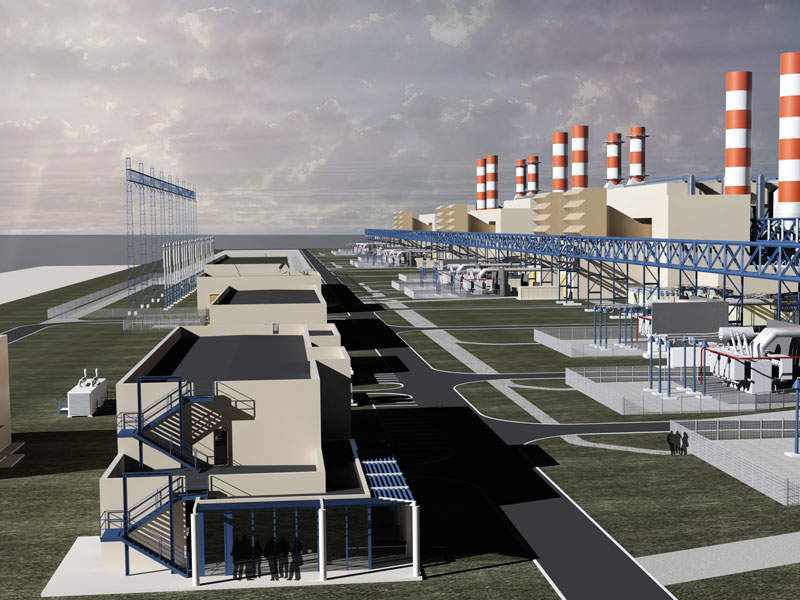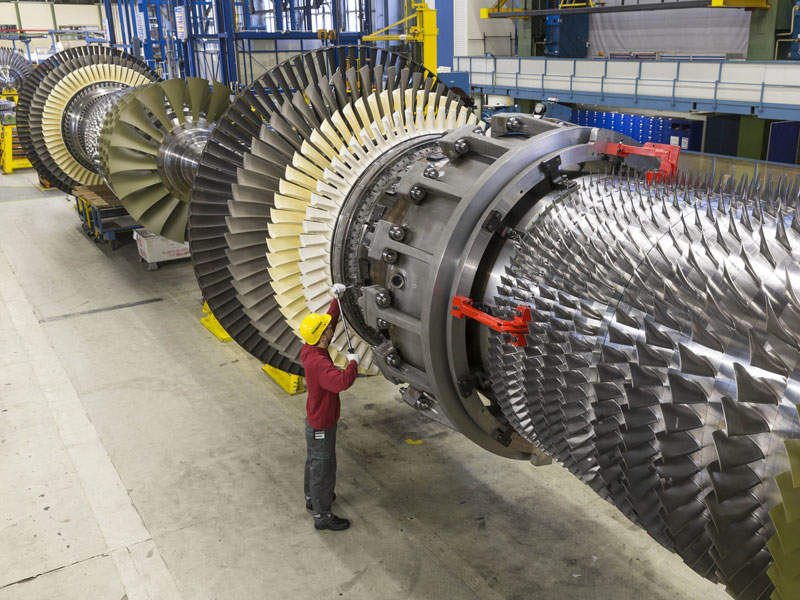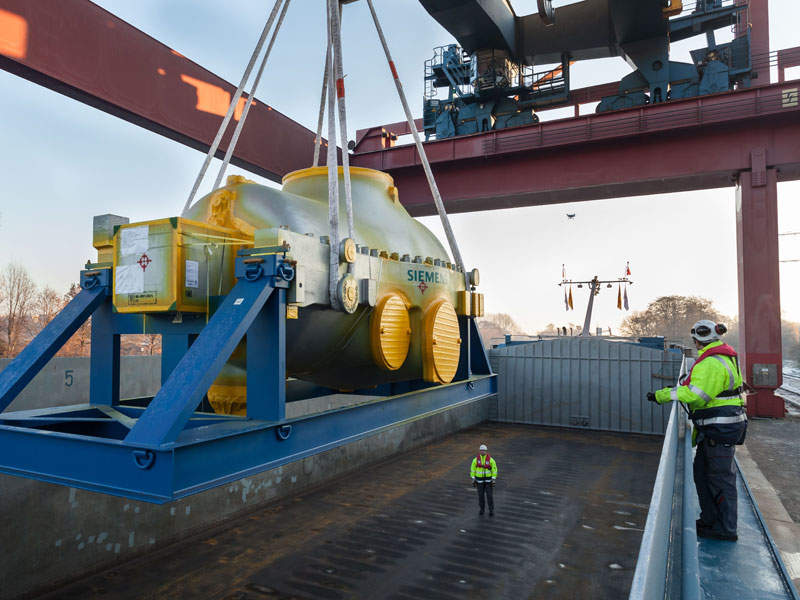The 4,800MW New Capital power plant is being developed by Cairo Electricity Production Company (CEPC), a subsidiary of the Egyptian Electricity Holding Company (EEHC).
The new combined-cycle power plant (CCPP) will be located in the proposed new capital of Egypt, approximately 45km east of Cairo. It is scheduled to become fully operational in the first half of 2018.
The plant will significantly increase Egypt’s electricity generation capacity while also contributing to national economic development.
Project background
The New Capital power plant project is being executed by EEHC as part of the Egypt Megaproject, which involves the development of three 4.8GW natural gas-fired CCPPs and up to 12 wind farms with a combined capacity of 16.4GW by Siemens and the Government of Egypt.
Siemens was awarded multiple contracts worth €8bn ($8.94bn) for the development of the Egyptian power generation facilities in June 2015. The contracts extend the memorandums of understanding (MOUs) signed during the 2015 Egypt Economic Development Conference (EEDC) held in Sharm El Sheik.
Siemens preferred Orascom Construction as its engineering, procurement and construction (EPC) partner to supply the power plant on a turnkey basis.
New Capital power plant make-up
The project site of the power plant will extend over an area of 744,811m². The plant will integrate eight Siemens SGT5-8000H high-efficiency combustion turbine generators (CTGs), eight Benson heat recovery steam generators (HRSGs), four SST-5000 steam turbine generators (STGs) and four air-cooled condensers. Each combined-cycle module will have a rated capacity of 1,200MWe.
The balance of plant (BOP) systems will include a diesel generator, transformers and switchgear as well as associated mechanical/electrical subsystems. The dual-fuel plant will use natural gas as primary fuel and light fuel oil as a backup fuel. It will receive natural gas from a new underground connection pipeline, while light fuel oil will be supplied by trucks from Musturod or Helwan oil refineries.
A water treatment facility will be built on the site to supply potable water for the power plant. The project will also integrate a wastewater treatment facility to treat liquid waste generated by the power plant. Other ancillary infrastructure includes a logistics building, gas handling facilities, fuel feeding system, fire-fighting facilities, ventilation and air-conditioning systems, a chemical laboratory and communication systems.
Grid connection
The power generated by the New Capital power plant will be transmitted to the Egyptian Electricity Transmission Company (EETC) electricity network through new overhead transmission lines.
The low-voltage power produced by the plant will be stepped up by main transformers before being fed into the 500kV grid network through a new substation with gas-insulated switchgear (GIS).
Key players involved
Siemens, along with its consortium partner Orascom Construction, is responsible for providing EPC services for the power plant.
Orascom Construction subcontracted Power Generation Engineering & Services Company (PGESCo) to deliver a detailed design for BOP systems, civil designs, procurement support, construction management and commissioning services for the plant in August 2015.
Financing for the New Capital power plant
The power plant is estimated to cost €2bn ($2.23bn), of which Orascom Construction’s combined share of the deal is worth €1.6bn ($1.78bn). The company, on behalf of EEHC, staged a 15-year funding package for its share.
Siemens achieved financial closure for the project in March 2016. The funding scheme for Siemens’ part of the deal was structured by Siemens Financial Services (SFS).
Deutsche Bank, HSBC and KfW IPEX-Bank arranged the Hermes-covered loan for the project. The loan is being financed by a consortium of 17 international banks.






